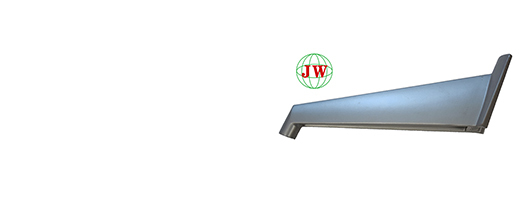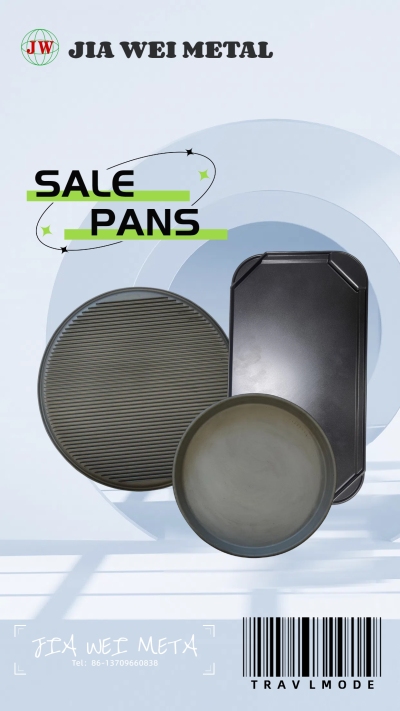
Die-Cast Components Industry: Innovation-Driven, Ushering in Explosive Growth and Profound Transformation
2025-08-27 15:30
Die-Cast Components Industry: Innovation-Driven, Ushering in Explosive Growth and Profound Transformation
In the surging tide of global manufacturing development, die-cast components—as core foundational parts in industrial production—are undergoing unprecedented transformation and growth. Their application scope continues to expand, technological innovations emerge at a rapid pace, and market demand is showing a robust upward trend.
In recent years, the global die-cast components market scale has climbed steadily. According to the Global Automotive Components Industry Trend Report released by Deloitte, a renowned international market research firm, the global die-cast components market is expected to exceed $320 billion by 2025, representing a 35% growth compared to 2023 and marking the highest growth rate in a decade. Behind this explosive growth, two core drivers stand out: the surging demand for lightweighting in new energy vehicles (NEVs) and the innovation of integrated die-casting technology.
In the NEV sector, lightweighting has become a critical trend shaping industry development. Research shows that for every 10% reduction in an electric vehicle’s weight, its driving range can increase by approximately 6%-8%. Leveraging their significant advantages in enabling lightweighting, die-cast componentshave become a key choice in NEV manufacturing. For instance, light alloy die-castings(such as aluminum alloy and magnesium alloy) are widely used in the "three electric systems" of NEVs (battery casings, motor end caps), achieving a weight reduction of 30%-50% and effectively enhancing the performance and driving range of NEVs. Leading automakers like Tesla and BYD have accelerated efforts to secure resources from core suppliers: Tesla has signed long-term agreements with LK Technology and Guangdong Hongtu to lock in production capacity for extra-large die-casting machines; BYD, in collaboration with local suppliers such as Yizumi and Ningbo Haiwei, is building dedicated production lines, aiming to increase the usage of die-cast components per vehicle to over 50% by 2025.
Meanwhile, the rise of integrated die-casting technology has brought revolutionary changes to the die-cast components industry. By integrating dozens of traditional parts into a single large die-cast component, integrated die-casting not only significantly reduces vehicle weight but also cuts production processes by 40% and manufacturing costs by 30%. This technological breakthrough has expanded the application of die-cast components in automotive manufacturing to be broader and more in-depth. However, the industry’s rapid development is not without challenges. Currently, the unit price of high-strength aluminum alloys suitable for integrated die-casting is approximately 30% higher than that of traditional steel, and recycling technologies remain immature—factors that increase production costs to a certain extent. Additionally, the yield rate of extra-large die-cast components remains an industry pain point. For example, the yield rate of Tesla’s early Model Y rear floor panels was once below 60%; although it has recently increased to 85%, there is still room for further optimization.
Faced with these challenges, numerous enterprises and research institutions have actively engaged in technological innovation. In terms of material research and development, companies are continuously exploring new alloy materials to improve the performance of die-cast components and reduce costs. For instance, Lizhong Group, in cooperation with Tsinghua University, has developed high-performance die-casting alloys based on existing ones. While maintaining a high elongation rate, the yield strength of these alloys has been increased to 160-180 MPa. The company has also developed high thermal conductivity alloys for applications in the "three electric systems" of NEVs.
In equipment and process innovation, notable achievements have also been made. LK Technology launched a 9,000-ton die-casting machine, enabling the integrated molding of NEV chassis—for example, reducing the number of parts in the Tesla Model Y rear floor from 70 to 1. Real-time closed-loop control technology, combining pressure/temperature sensors with AI algorithms, can dynamically adjust injection speed (±0.01s) and mold temperature (±2℃), reducing the scrap rate to below 0.5%. Furthermore, advanced processes such as vacuum die-casting and semi-solid die-casting have continued to emerge. Vacuum die-casting, for example, eliminates pore defects by controlling the mold cavity vacuum level to ≤50 mbar, thereby improving the strength of structural components (tensile strength increased by up to 15%) and meeting the safety requirements of key automotive parts.
Looking ahead, the die-cast components industry is poised to embrace broader development space. As countries around the world accelerate the transition to NEVs and promote the upgrading of intelligent manufacturing, the demand for high-performance, large-scale, and lightweight die-cast components will further surge. Industry insiders predict that by 2030, the proportion of die-cast components in the overall weight of NEVs will exceed 60%, and the global market scale of integrated die-casting components alone is expected to surpass $80 billion.
In this wave of development, enterprises that can take the lead in breaking through core technologies (such as high-performance materials and intelligent die-casting equipment) and achieve cost optimization will gain a competitive edge. For the die-cast components industry, innovation is not only a driving force for growth but also a key to addressing challenges. As technology continues to advance and application scenarios expand, die-cast components will play an even more critical role in supporting the transformation of the manufacturing industry and promoting the sustainable development of emerging sectors such as NEVs.
Get the latest price? We'll respond as soon as possible(within 12 hours)












